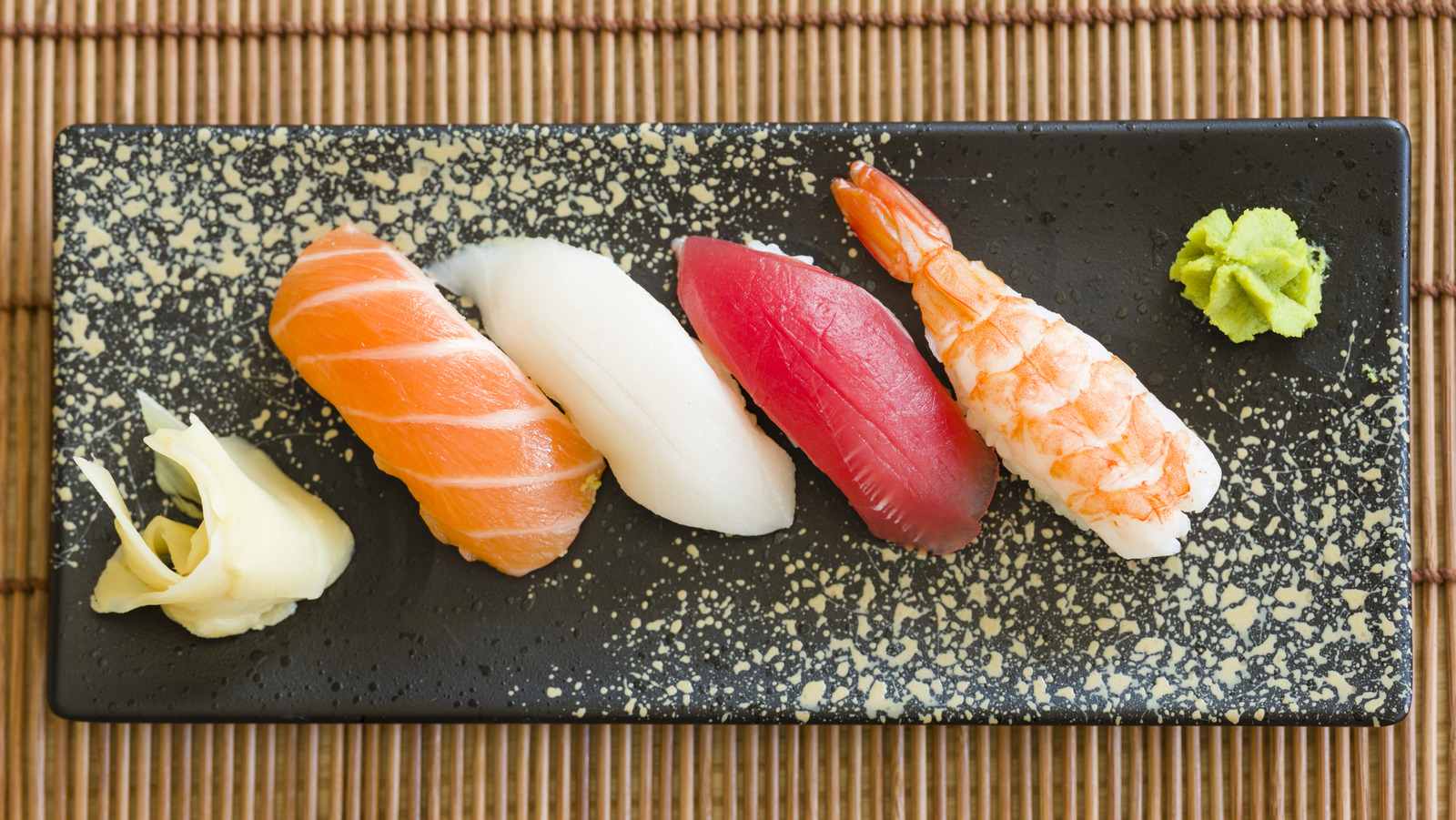Most of you have eaten lots of sushi by now, which means you're familiar with the green lump of wasabi paste that always comes alongside your roll of choice. A tiny bit of the nose-clearing condiment goes a long way, but what you might not have known is that what you've been eating this whole time is probably not actually wasabi but something highly related, just in a slightly different costume. Yep, if you've ever suspected that your restaurant wasabi is actually horseradish, you're right on the money.
Wasabi is a plant that's part of the family Brassicaceae, which includes mustard and, you guessed it, horseradish. But wasabi is a picky crop. It's native to very few places, growing in South Korea, Japan, and Sakhalin in Russia, favoring mountain streams and valleys.

Because it thrives under such specific conditions, it's not a plant you can easily cultivate elsewhere, though there has been limited success in other countries, including the United States. If all this wasn't specific enough, the rhizome, or edible underground stem, of wasabi can take up to three years to mature. With the real deal being a rarity, what you're really seeing on your plate is mostly composed of rehydrated horseradish powder, mustard, and green food coloring, and there's sometimes a bit of actual wasabi powder in there for good measure.
The that wasabi ordinarily would (which comes from a compound called allyl isothiocyanate), but horseradish is a much cheaper and more obtainable ingredient. What is.























